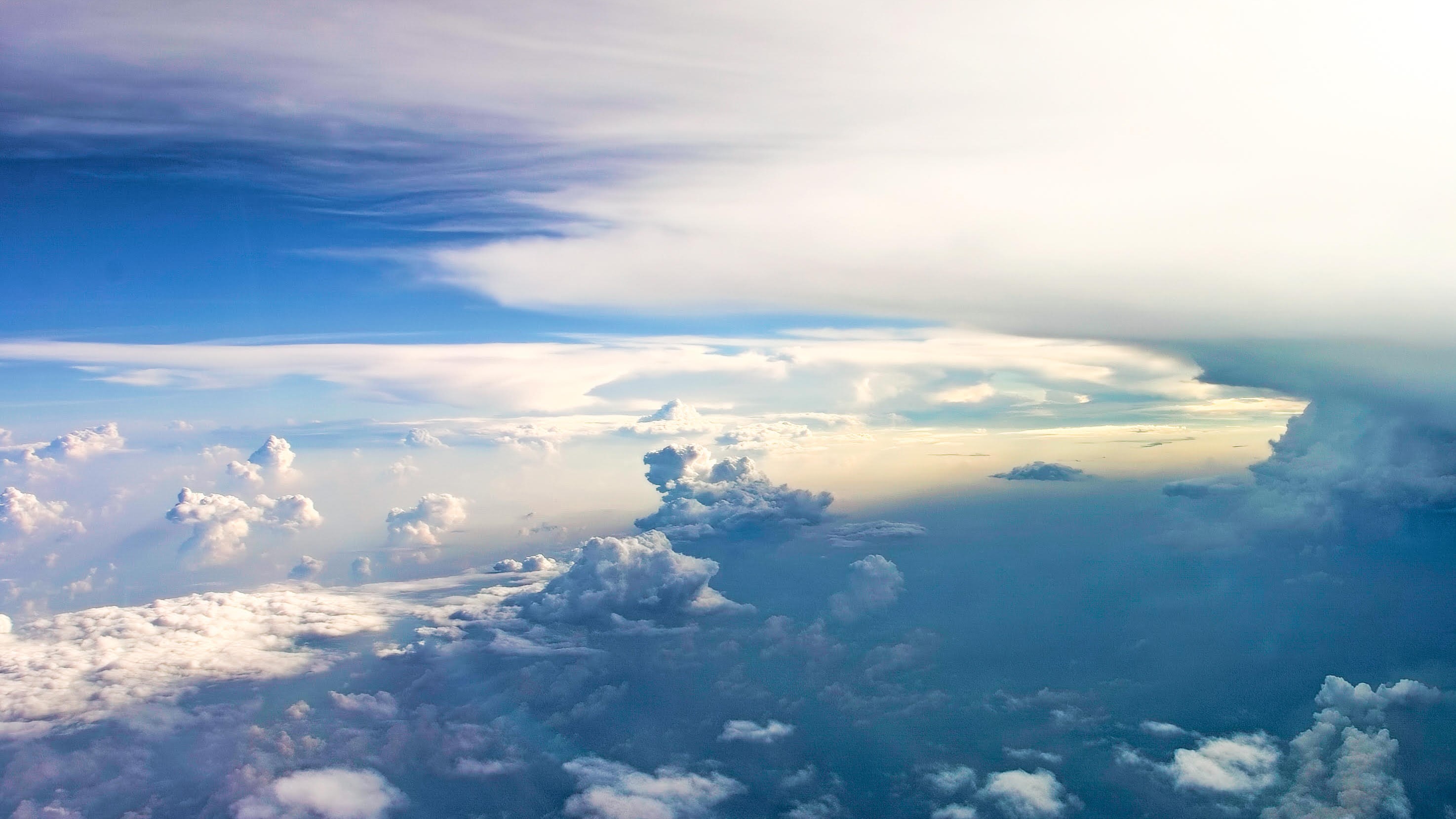Scientists say dehydrating the stratosphere could be plausible option to combat climate change
A new study explores the possibility of removing water from the air before it enters the stratosphere, where water vapor acts as a greenhouse gas, to mitigate the effects of climate change.

Water vapor in the stratosphere forms a sponge-like barrier that prevents heat radiating from Earth from escaping out into space. Now, scientists are exploring the plausibility of dehydrating this layer of the atmosphere to cool our warming planet.
The stratosphere extends between 7.5 and 31 miles (12 and 50 kilometers) above Earth's surface and sits above another layer of the atmosphere called the troposphere. Water naturally circulating in the troposphere leaks into the stratosphere — but this leak is not uniform across the planet, according to a study published Wednesday (Feb. 28) in the journal Science Advances.
"It turns out that most of the air is entering the stratosphere in the tropics," lead author Joshua (Shuka) Schwarz, a physicist at the National Oceanic and Atmospheric Administration's (NOAA) Chemical Sciences Laboratory, told Live Science.
One small region above northern Australia appears to be particularly important in controlling the upward movement of air and water vapor.
"If we could do something just in that little area, maybe we could reduce stratospheric water vapor in order to let more infrared radiation out [into space] — that's the basic idea," Schwarz said.
Schwarz and his colleagues tested their idea using water vapor and temperature data from NASA's Airborne Tropical Tropopause Experiment (ATTREX) campaign, as well as computer models simulating the removal of water vapor from air just before it enters the stratosphere.
Related: Michael Mann: Yes, we can still stop the worst effects of climate change. Here's why.
Sign up for the Live Science daily newsletter now
Get the world’s most fascinating discoveries delivered straight to your inbox.
Once in the stratosphere, air disperses away from the tropics toward the poles for up to four years before returning to the troposphere. That's why the most effective way to control water vapor is to catch it before it crosses into the stratosphere. "We've got a honey gate, where if we open it, a lot of honey comes out, and if we close it, we stop the honey flow," said Schwarz, whose hobbies include beekeeping.
Water high up in the troposphere comes in the form of either vapor or ice particles, Schwarz said. For water vapor to crystalize into ice — and precipitate down instead of entering the stratosphere — there needs to be enough ice already there for the vapor to freeze, or so much water vapor that it spontaneously forms an ice cloud.

In places where these conditions aren't met, such as the leaky spot above Australia, ice crystals can form around floating particles of mineral dust known as ice-nucleating particles.
In the study, Schwarz and his colleagues explored the plausibility of seeding the air in the region above Australia with such ice-nucleating particles. "If we put in some particles that would make it easy for ice to form, then ice will form," Schwarz said. "It will make a short-lived cloud that will fall to lower altitudes, quickly getting warmer, probably evaporating, and now that air that's going on its way to the stratosphere no longer has that water."
By repeatedly injecting particles "where it matters," Schwarz posits that scientists could gradually dehydrate the stratosphere and offset one-seventieth of the warming caused by climate change.
"It's only a tiny step in the right direction," Schwarz said, and the potential side effects are also small. "Water vapor naturally changes in the stratosphere due to seasonal changes, and the amount we're talking about changing it is much smaller than that seasonal change."
The details of the proposed strategy remain fuzzy. The models in the study assume the use of particles of bismuth triiodide — a material that is also being considered for another type of climate engineering known as cirrus cloud thinning.
"There's a lot of concern about climate intervention," Schwarz said. "What I think is that with more understanding, we'll be in a better place to make good decisions. We're learning about possibilities and we didn't uncover anything that seems impossible."

Sascha is a U.K.-based staff writer at Live Science. She holds a bachelor’s degree in biology from the University of Southampton in England and a master’s degree in science communication from Imperial College London. Her work has appeared in The Guardian and the health website Zoe. Besides writing, she enjoys playing tennis, bread-making and browsing second-hand shops for hidden gems.










